An invite to revise critical minerals list
Low prices dampen investment for development
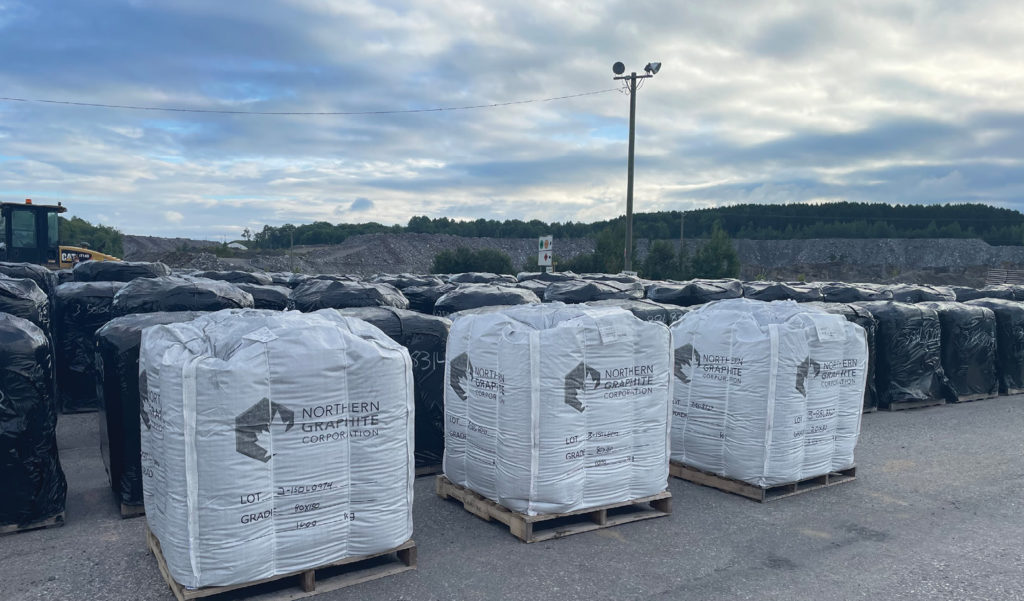
Natural Resources Canada barely got its invite out the door to the critical minerals industry in January when more bad news hit. Plummeting prices for metals such as lithium and nickel pushed the ministry’s pitch for help updating the criteria of Canada’s list of 31 critical minerals list to the back burner. Instead, some in the industry were demanding government intervention, up to and including the feds spending taxpayer money on new critical minerals projects.
How bad was the hit to lithium and nickel prices? Enough for companies to capitulate and begin shutting down capacity and production, said Canada Nickel Company CEO Mark Selby (and former head of commodities research). This occurred most recently on Feb. 12 when Glencore announced it was transitioning its Koniambo Nickel operation in New Caledonia into care and maintenance.
“When you get to the bottom of a price cycle generally what you see is a bunch of producers throw in the towel,” said Selby. “They say ‘Prices are going to stay low; they have been too low for too long; they are going to keep staying low. I must shut down and stop burning cash.’”
Now imagine how enthusiastic lenders are likely to be about your plan to build a new mine, especially in Canada where development dollars have mostly disappeared. It normally takes at least a decade to build a new mine and at enormous cost, mostly borne historically by retail investors.
That said, Canada Nickel was in a better position than most in February, announcing plans by its wholly owned subsidiary NetZero Metals to develop a nickel processing facility and stainless-steel and alloy production facility in the Timmins nickel district. Both are expected to utilize Canada Nickel’s carbon storage capacity at its Crawford nickel project.
“These processing facilities will position the Timmins nickel district and Canada at the forefront of the global transition to greener energy and materials,” said Selby. The company is at the site-selection stage across sites in the region and close to choosing engineering firms to complete the design of both facilities, it said.
Indispensable graphite
Hugues Jacquemin, chief executive of junior miner Northern Graphite said in a recent Globe and Mail interview, “the storm is brewing.” With prices of multiple critical minerals crashing, the uncertainty “is scaring smaller investors.” Today, he blames plummeting world prices for graphite on China, which produces approximately 60% of the world’s graphite.
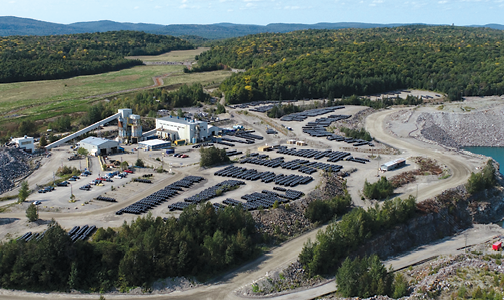
That amounts to about one million of the 1.3 million tonnes produced each year. China also has a seemingly perennial desire to “sell that at very low margins,” Jacquemin told CMJ.
“The Chinese have made a specific effort to keep the graphite price low. It is quite opaque and very difficult to raise money from lenders based on those economics.” Chinese graphite is heavily subsidized and has prevented new mines being developed, Jacquemin added. “We need more transparency on the price and have a price that is fair.”
Northern Graphite’s saving grace over 30 years has been the size of its properties and nimble operations, notably at Lac-des-Îles, Que. Boasting a cash flow operation with minimal expense to help expand its graphite pit, in mid-January the company updated its mineral resource estimate to 3.29 million tonnes at an average grade of 6.4% graphitic carnon (Cg), containing approximately 213,000 tonnes of Cg.
That same day Northern Graphite announced it was moving to a seven-days-per-week operation in the second quarter, targeting annual nameplate capacity of 25,000 t/y. So, why is it flourishing when other graphite operations are struggling? The answer is a distinctly different graphite than the Chinese product flooding the world market.
“We have been fortunate enough to service a market that is willing to pay more for the graphite flakes,” Jacquemin said. He describes these as a broad distribution of medium, large and jumbo flakes as opposed to a very fine M100 graphite produced in China.
“We also have up to 97% carbon content at our processing plant (increasing the amount of graphite per tonne), which is quite unusual and of very high value.”
You cannot mine what you cannot find
The invites to miners and explorers to update the critical minerals list came on the heels of a new billion-dollar strategy revealed by Ottawa in early December to position Canada as a global leader in critical minerals production. The federal government is firmly fixed on clean energy technologies like zero emission vehicles (ZEV), wind turbines and advanced batteries, as well as information and communication technologies.
Getting these eventually to market depend on lithium, graphite, nickel, cobalt, copper, and rare earth elements, critical minerals Ottawa called “the most significant potential for Canadian economic growth.” A rechargeable battery component, nickel can also be found in solar panels, aerospace and military aircraft, drawing from Canadian nickel reserves of nearly 3 million tonnes.
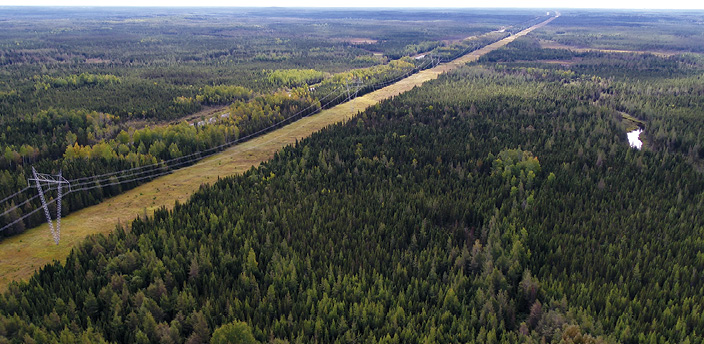
Graphite, too, is found in rechargeable battery anodes, as well as electric vehicle fuel cells and vehicle brake linings. It is used in electrical motor components and frictionless materials – key components of wind turbines and other clean technologies.
The problem for lithium carbonate has been precipitous price drop from USD$29,000 per tonne in North America last fall to approximately US$13,500 a tonne today according to market analyst ChemAnalyst. Underlying this is a decline in lithium-ion battery manufacturing, a main stay in EV manufacture in the west.
All of which may account for the surprise by some observers when Vancouver-based Stantec Consulting Services announced plans to design a new $720 million lithium-ion battery cell plant in Maple Ridge, B.C. Taiwanese owner E-One Moli Energy Canada said the plant is expected to produce 135 million cylindrical lithium battery cells for use in power tools, high-performance vehicles, medical devices and aerospace applications.
One who was not surprised was Allan Frame, President and CEO of Winnipeg’s Beyond Lithium. Despite a decline in demand for EVs in the west and the resultant slumping price for lithium, Frame is playing a longer game.
“By 2030 if the goals are met for electric vehicles, lithium will be worth 10 times what it is today. It is a cyclical beast and not all the parts fall into place at the same time. Not everything is going to come together in a two-year span.”
It is that kind of patience and understanding that has made Beyond Lithium the largest greenfield lithium exploration player in Ontario, with 63 high potential greenfield lithium properties totalling over 195,000 ha. of five lithium exploration projects in the Georgia Lake district and Medicine Lake, Frame reserves perhaps his greatest excitement for 50 projects completed last year.
“We had a helluva year. Of the 50 properties we looked at, 18 made the cut. They were extraordinary. Two had spodumene on surface (the holy grail for signs of lithium beneath) and the other was the discovery of a brand-new pluton system.”
That is rare, Frame said, noting that most of the Ontario and Quebec lithium exploration sprang from pluton discovered 50 years ago. “It was just that people did not know what lithium was at the time.”
And yet despite last year’s success Beyond Lithium “got punished in the market like everybody else,” Frame acknowledged. The struggle is raising hard dollars (e.g. staff salaries, filing reports, year-end audits, and news releases) to run the company so that you can go out and look for the soft dollars (e.g. vehicle rentals in the field, drilling, and eligible for flowthroughs).
Frame welcomes a 30% federal tax credit as potentially beneficial to both exploration and mining (“It is awesome”). But that part of raising capital is not difficult, he noted. “You can’t drive the car to the exploration field unless you have gas in the tank. That is the hard dollar part.”
Indispensable graphite
Hugues Jacquemin, chief executive of junior miner Northern Graphite said in a recent Globe and Mail interview, “the storm is brewing.” With prices of multiple critical minerals crashing, the uncertainty “is scaring smaller investors.” Today, he blames plummeting world prices for graphite on China, which produces approximately 60% of the world’s graphite.
That amounts to about one million of the 1.3 million tonnes produced each year. China also has a seemingly perennial desire to “sell that at very low margins,” Jacquemin told CMJ.
“The Chinese have made a specific effort to keep the graphite price low. It is quite opaque and very difficult to raise money from lenders based on those economics.” Chinese graphite is heavily subsidized and has prevented new mines being developed, Jacquemin added. “We need more transparency on the price and have a price that is fair.”
Northern Graphite’s saving grace over 30 years has been the size of its properties and nimble operations, notably at Lac-des-Îles, Que. Boasting a cash flow operation with minimal expense to help expand its graphite pit, in mid-January the company updated its mineral resource estimate to 3.29 million tonnes at an average grade of 6.4% graphitic carnon (Cg), containing approximately 213,000 tonnes of Cg.
That same day Northern Graphite announced it was moving to a seven-days-per-week operation in the second quarter, targeting annual nameplate capacity of 25,000 t/y. So, why is it flourishing when other graphite operations are struggling? The answer is a distinctly different graphite than the Chinese product flooding the world market.
“We have been fortunate enough to service a market that is willing to pay more for the graphite flakes,” Jacquemin said. He describes these as a broad distribution of medium, large and jumbo flakes as opposed to a very fine M100 graphite produced in China.
“We also have up to 97% carbon content at our processing plant (increasing the amount of graphite per tonne), which is quite unusual and of very high value.”
You cannot mine what you cannot find
The invites to miners and explorers to update the critical minerals list came on the heels of a new billion-dollar strategy revealed by Ottawa in early December to position Canada as a global leader in critical minerals production. The federal government is firmly fixed on clean energy technologies like zero emission vehicles (ZEV), wind turbines and advanced batteries, as well as information and communication technologies.
Getting these eventually to market depend on lithium, graphite, nickel, cobalt, copper, and rare earth elements, critical minerals Ottawa called “the most significant potential for Canadian economic growth.” A rechargeable battery component, nickel can also be found in solar panels, aerospace and military aircraft, drawing from Canadian nickel reserves of nearly 3 million tonnes.
Graphite, too, is found in rechargeable battery anodes, as well as electric vehicle fuel cells and vehicle brake linings. It is used in electrical motor components and frictionless materials – key components of wind turbines and other clean technologies.
The problem for lithium carbonate has been precipitous price drop from USD$29,000 per tonne in North America last fall to approximately US$13,500 a tonne today according to market analyst ChemAnalyst. Underlying this is a decline in lithium-ion battery manufacturing, a main stay in EV manufacture in the west.
All of which may account for the surprise by some observers when Vancouver-based Stantec Consulting Services announced plans to design a new $720 million lithium-ion battery cell plant in Maple Ridge, B.C. Taiwanese owner E-One Moli Energy Canada said the plant is expected to produce 135 million cylindrical lithium battery cells for use in power tools, high-performance vehicles, medical devices and aerospace applications.
One who was not surprised was Allan Frame, President and CEO of Winnipeg’s Beyond Lithium. Despite a decline in demand for EVs in the west and the resultant slumping price for lithium, Frame is playing a longer game.
“By 2030 if the goals are met for electric vehicles, lithium will be worth 10 times what it is today. It is a cyclical beast and not all the parts fall into place at the same time. Not everything is going to come together in a two-year span.”
It is that kind of patience and understanding that has made Beyond Lithium the largest greenfield lithium exploration player in Ontario, with 63 high potential greenfield lithium properties totalling over 195,000 ha. of five lithium exploration projects in the Georgia Lake district and Medicine Lake, Frame reserves perhaps his greatest excitement for 50 projects completed last year.
“We had a helluva year. Of the 50 properties we looked at, 18 made the cut. They were extraordinary. Two had spodumene on surface (the holy grail for signs of lithium beneath) and the other was the discovery of a brand-new pluton system.”
That is rare, Frame said, noting that most of the Ontario and Quebec lithium exploration sprang from pluton discovered 50 years ago. “It was just that people did not know what lithium was at the time.”
And yet despite last year’s success Beyond Lithium “got punished in the market like everybody else,” Frame acknowledged. The struggle is raising hard dollars (e.g. staff salaries, filing reports, year-end audits, and news releases) to run the company so that you can go out and look for the soft dollars (e.g. vehicle rentals in the field, drilling, and eligible for flowthroughs).
Frame welcomes a 30% federal tax credit as potentially beneficial to both exploration and mining (“It is awesome”). But that part of raising capital is not difficult, he noted. “You can’t drive the car to the exploration field unless you have gas in the tank. That is the hard dollar part.”
Of near equal concern, said Frame, is what he terms the “pissing match” Canada is engaged in with China. In the absence of unending squabbles over price, financing would be a whole lot easier.
“I can pick up the phone and practically raise any amount of money from several Chinese companies, including battery manufacturer including battery manufacturers and explorers. But in Canada the smaller retail investors are the only ones floating the hard dollar issues and they have seen nothing but loss after loss over the past five years.”
A pitch for critical minerals supremacy
What to make of Ottawa’s desire for input from miners and explorers on an updated list of critical minerals? For one, the government said Canada’s critical minerals list provides a signal of Canada’s national critical mineral mining priorities to investors, developers, communities, and trading partners. It also must be revised approximately every three years, the government told CMJ.
As of mid-February, the consultation had received 43 submissions from industry, provinces and territories, and Indigenous groups, with more coming in after that date.
Frame will not be part of that effort. “That is not in keeping with our company goals,” he said.
Mark Selby was more forthcoming. “I think it is important to ensure we are focused on those minerals that are most critical to key industries.”
Graphite, however, is in the enviable position of not justifying its place on the list, said Jacquemin. None is more critical, especially in the worldwide demand for EV batteries, he said. “If you don’t have graphite, you do not have a battery.”

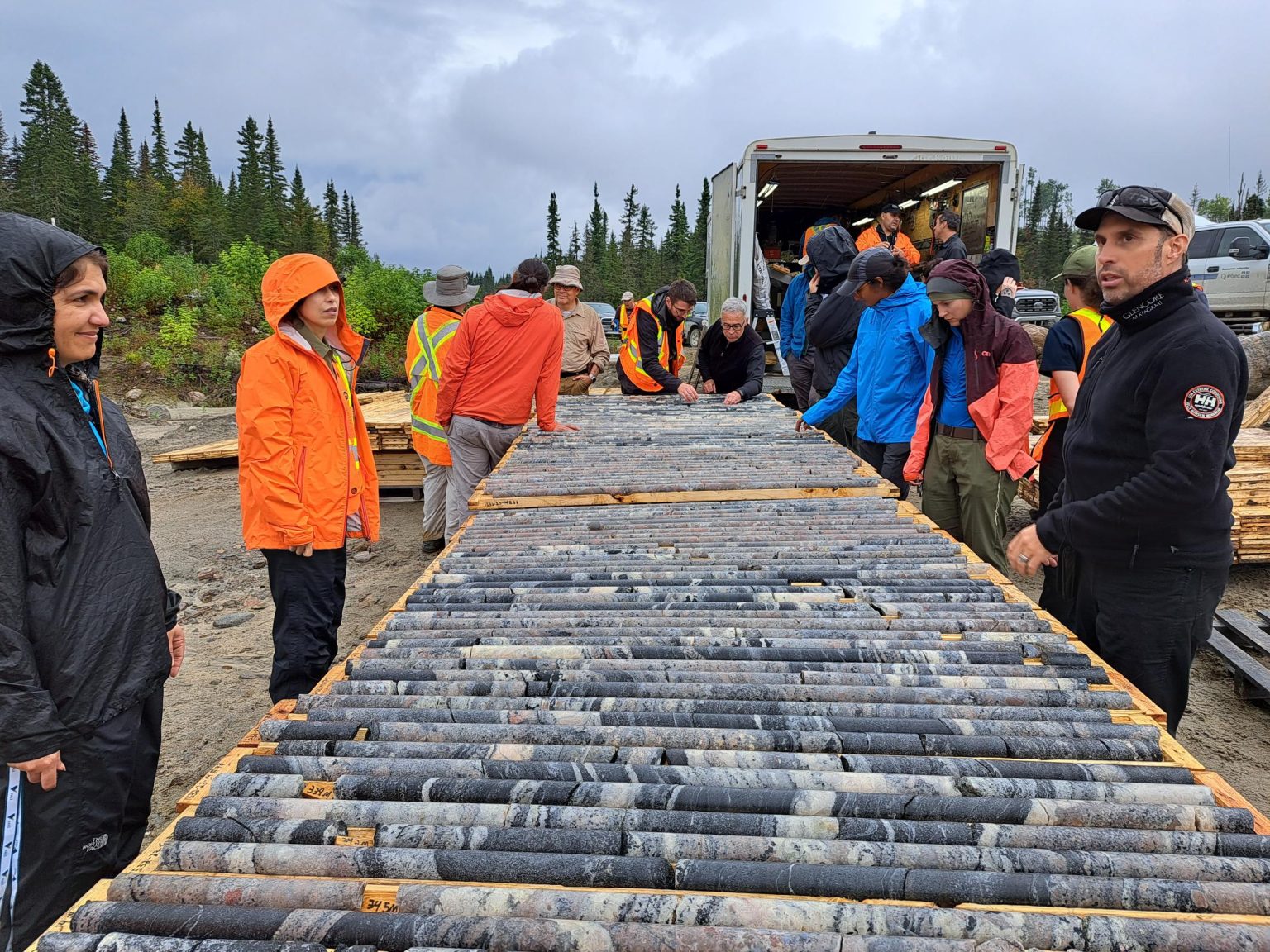
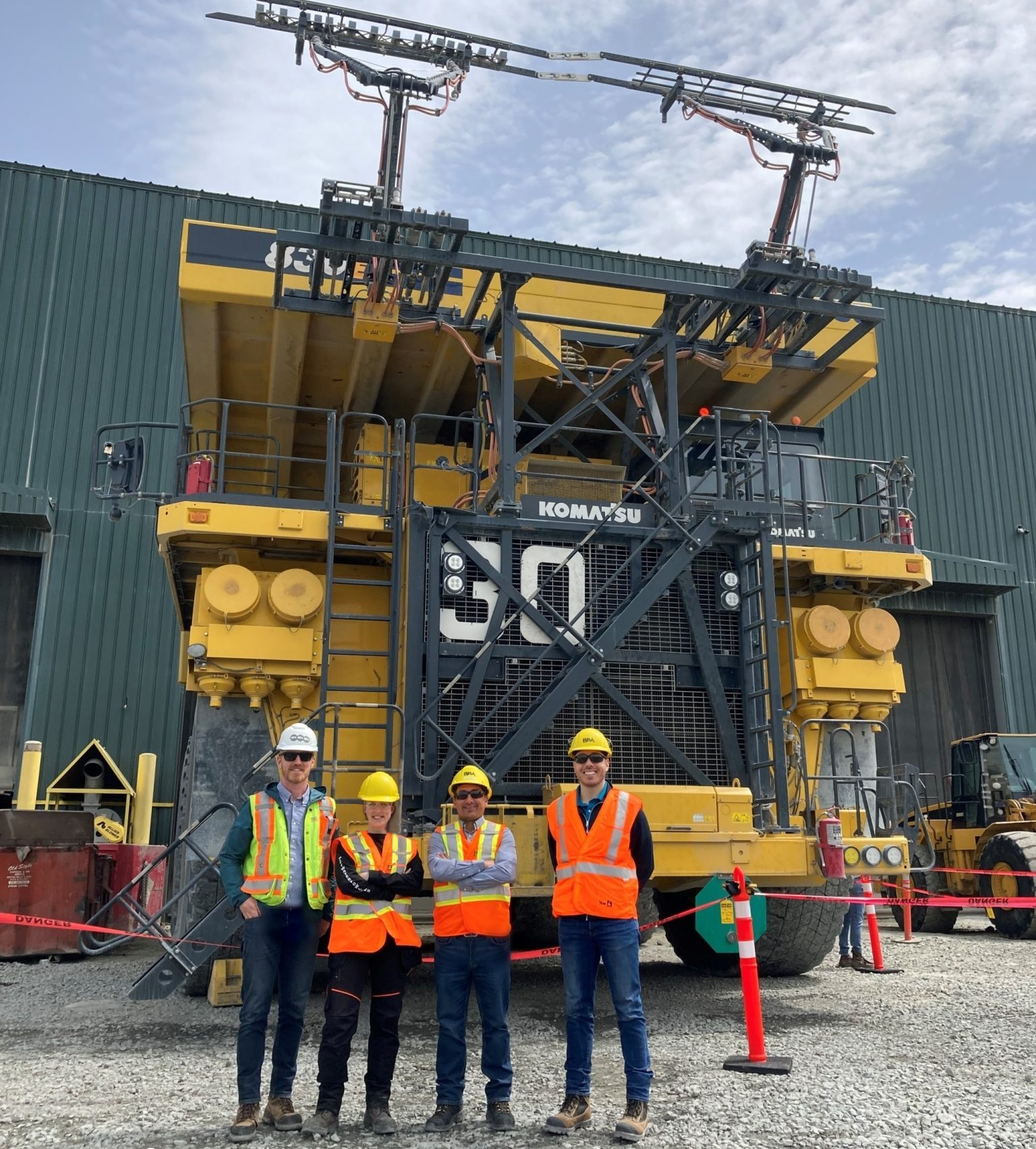


Comments